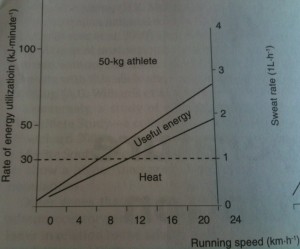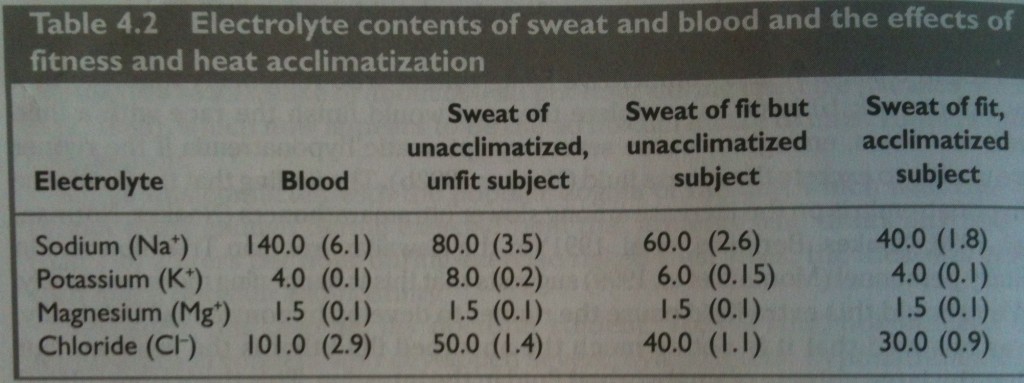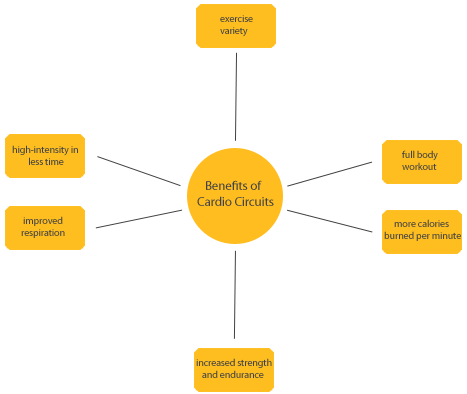Heat Training and the Benefits Acclimatization
So, I’m two weeks and two days away from the Queens Half Marathon. I’ve been avoiding my usual run in the afternoon because the temperature’s been miserable lately. Yesterday, I ran 4.5 miles in 88 °F with 46% humidity – I was thrilled that it wasn’t any more humid than that. I’ve given up using Garmin to guide my pace, because seeing my HR and the slow min/mi pace is almost laughable. But I need to train!
If I had a coach, I’m pretty sure he’d tell me to keep running. I just have to put up with the heat. I’m sure that many runners have difficulty racing in warm conditions because most of us train in the cooler times of the day: either in the early mornings or late evenings. We end up being physically fit to run the race, but unprepared to tackle the unfavorable conditions. The chart below was from a study conducted by Costill and published by the New York Academy of Sciences in 1977 – the research was done a long time ago, but it shows something interesting about how we process energy:
Basically, this shows the rate of energy expenditure and sweating at different speeds for a 50kg athlete. You can see the amount of energy produced rises alongside running speed, but only 20% of that energy produced is reused, the remaining 80% just heats us up! So we sweat. Lots and lots. And did you know that 1 liter of sweat/hour removes ~1,800kJ/hour from the body? That’s about an extra 428 calories lost on top of your actual workout. Nice.
Now imagine if the ambient temperature didn’t help. Ugh. That’s why we need to train ourselves to be able to call upon a number of effective heat-diffusing mechanisms. Basically, our body just needs a little time to get used to the discomfort we experience from running in warmer conditions.
The Queens Half was pretty hot last year – 85 °F with 63% humidity. I don’t think I’m ready for that yet. I still need to get “properly” acquainted with NYC’s heatwave. Studies show that initial heat-acclimatization can be reached quite rapidly over 5-8 sessions, each < 2 hours, on consecutive days in the heat. Once acclimatized, HR, body temperature, and “sweat salt” content decreases alongside metabolic rate and muscle/blood lactate accumulation (Noakes, Tim. Lore of Running. 4th ed. 2003: 176, 573-574). Take a look at this other chart from the same source, showing electrolyte content of sweat for acclimatized/ unacclimatized athletes:
There’s differences, alright. Perhaps, I should drink more Gatorade. Actually, maybe I’ll try having a little Gatorade before my run this afternoon. Current temperature outside: 88 °F with 38% humidity. Oh yeah. I’m gonna do it.





I hear you on the heat and running. No matter how you slice it, you run slower when its hotter outside (and we must have been thinking the same thing – almost; my blog post was on heart rate training in the heat and how you slow). Love Tim Noakes and the Lore of Running, btw…